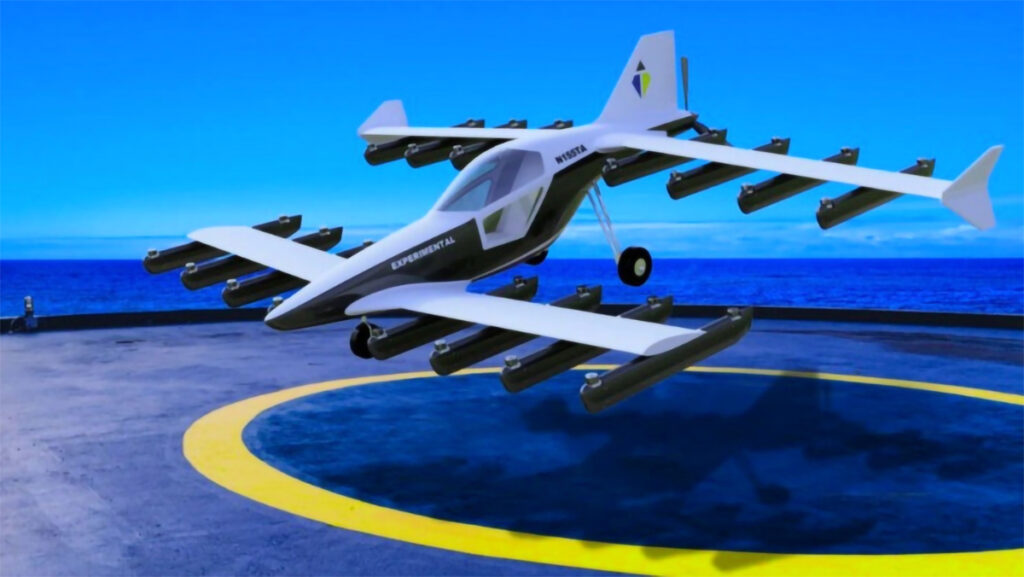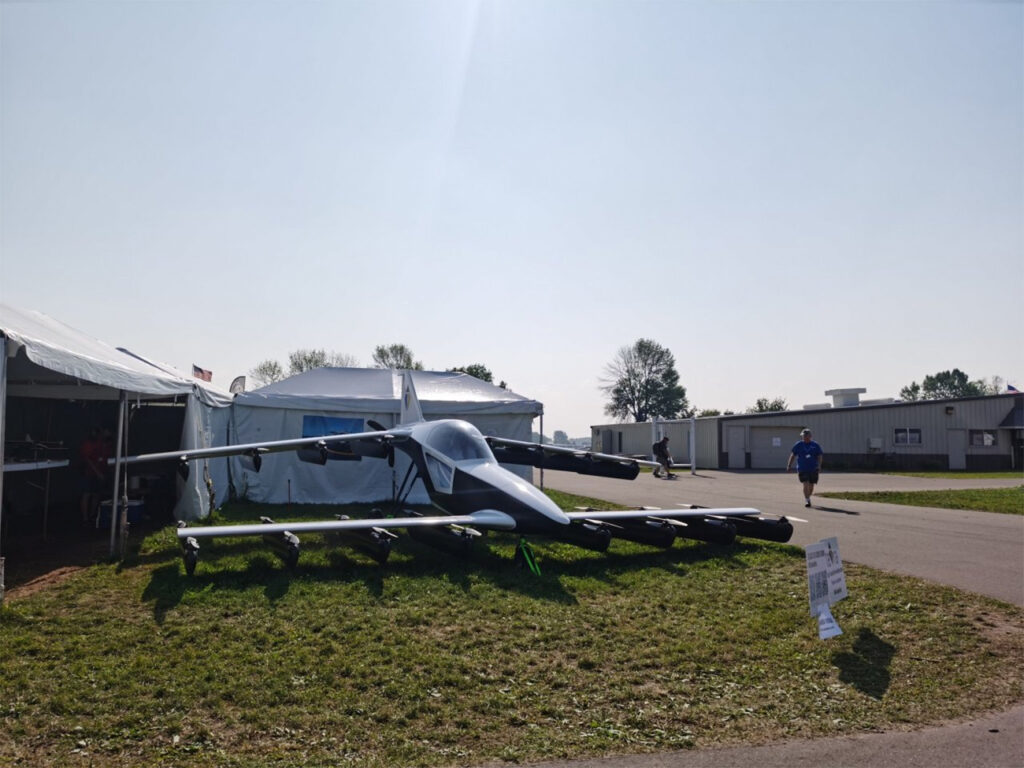Single-Seat Personal eVTOL from Japan, Available in 2022

Many companies are developing battery-powered air taxis and other electric flying cars that can take off and land vertically. Technically, they are called eVTOL cars or electric vertical takeoff and landing cars, similar to helicopters.
Japan has joined the passenger air mobility industry, one of the emerging technologies that are gaining more interest and capital.
Single-seat personal eVTOL
teTra Aviation of Japan recently won the Pratt & Whitney Disruptor Prize worth $100,000 at the GoFly personal flight contest in 2020. The prize is given to a participant for state-of-the-art disruptive advancement in personal flying devices.
This year, teTra Aviation Corp. presented its first commercial product, the 33-rotor Mk5 personal eVTOL, at the EAA AirVenture Oshkosh air show. And the good news: the personal eVTOl will start delivering the aircraft to buyers next year.
The Mk5 eVTOL
The aircraft from teTra is a lightweight, one-seat lift-and-cruise style plane. It has 32 vertical lift rotors installed across the vehicle’s long, thin wings at the front and back of a small cabin. When in cruise flight, the aircraft uses a single pusher prop at the rear of the plane. The lightweight aircraft’s frame is made from aluminum, while the body is made from polymer reinforced with carbon fiber blended with aramid fibers.
The prototype vehicle that teTra showed at OshKosh has some flight time already. It measured 6.15 m (20.2 ft) long and 8.62 m (28.2 feet) wide. The height is 2.51 m (8.2 ft). Although smaller than the commercial version, its size means that it needs an oversized garage. The aircraft has a 13.5-kWh battery pack. On its own, the Mk5 weighs 488 kg (1,076 lb), with a maximum takeoff weight of 567 kg (1,250 lb). With its specific weight requirements, the prototype can only carry a pilot with a weight of 79 kg (174 lb).
The commercial version of the Mk5 has room for a pilot who weighs 91 kg (200 lb). The cruise speed will be about 60 km/h (100 mph), the same range as the vehicle on a single charge. However, according to the teTra website, the aircraft’s flight range varies according to its model (from SN 2 to SN 4).
For safety, teTra’s Mk5 will have at least three redundant flight controllers. These controllers can redistribute power on their 32 vertical lift props should there be a flight controller or motor failure. In addition, a standard ballistic parachute comes with the plane.

Plans for Mk5
teTra has several programs for the commercial version of Mk5. The company plans to build the planes and sell them as home-built experimental kit aircraft. With a U.S. private pilot license, a person can fly one. Moreover, teTra plans to sell complete aircraft and is looking for ways to certify them. But while the company is ready to deliver their planes next year, they have not announced the aircraft price.
teTra is not the only one coming out with single-seat personal eVTOL. It’s possible to fly the Mk5 in the U.S. if the owner has a pilot’s license. However, other manufacturers are developing private electric aircraft for short-distance flights that will not require a pilot’s license. Of course, once they have hurdled the stringent commercial requirements, several models of air taxis will be available.